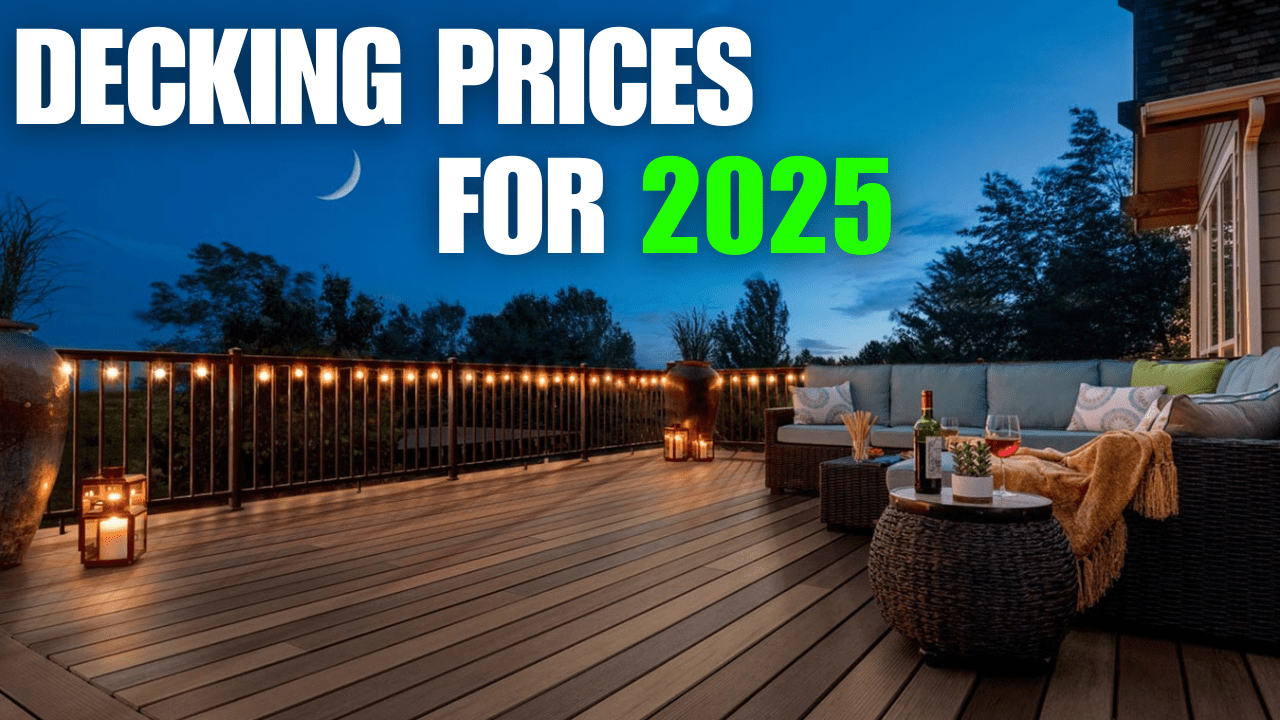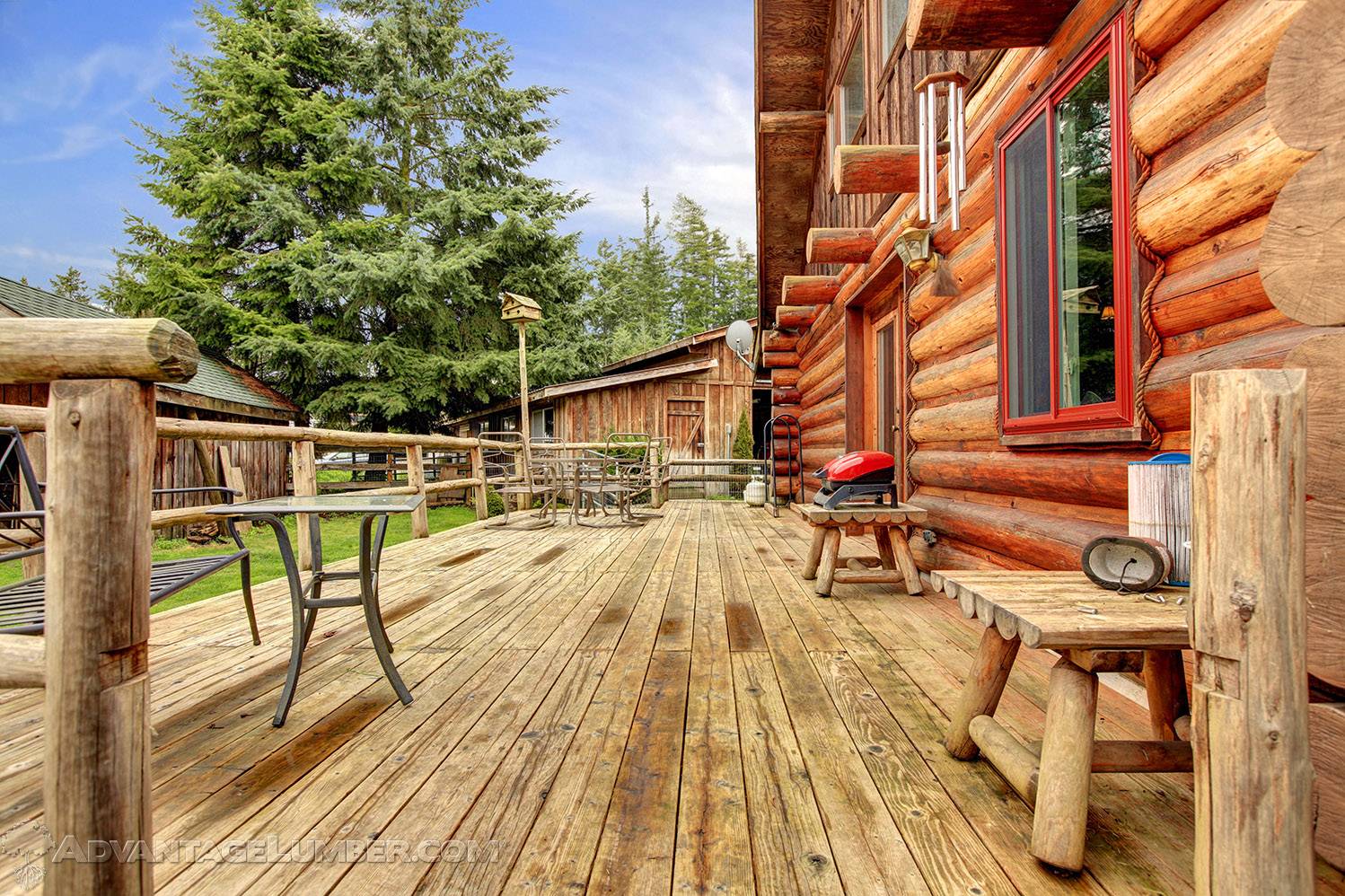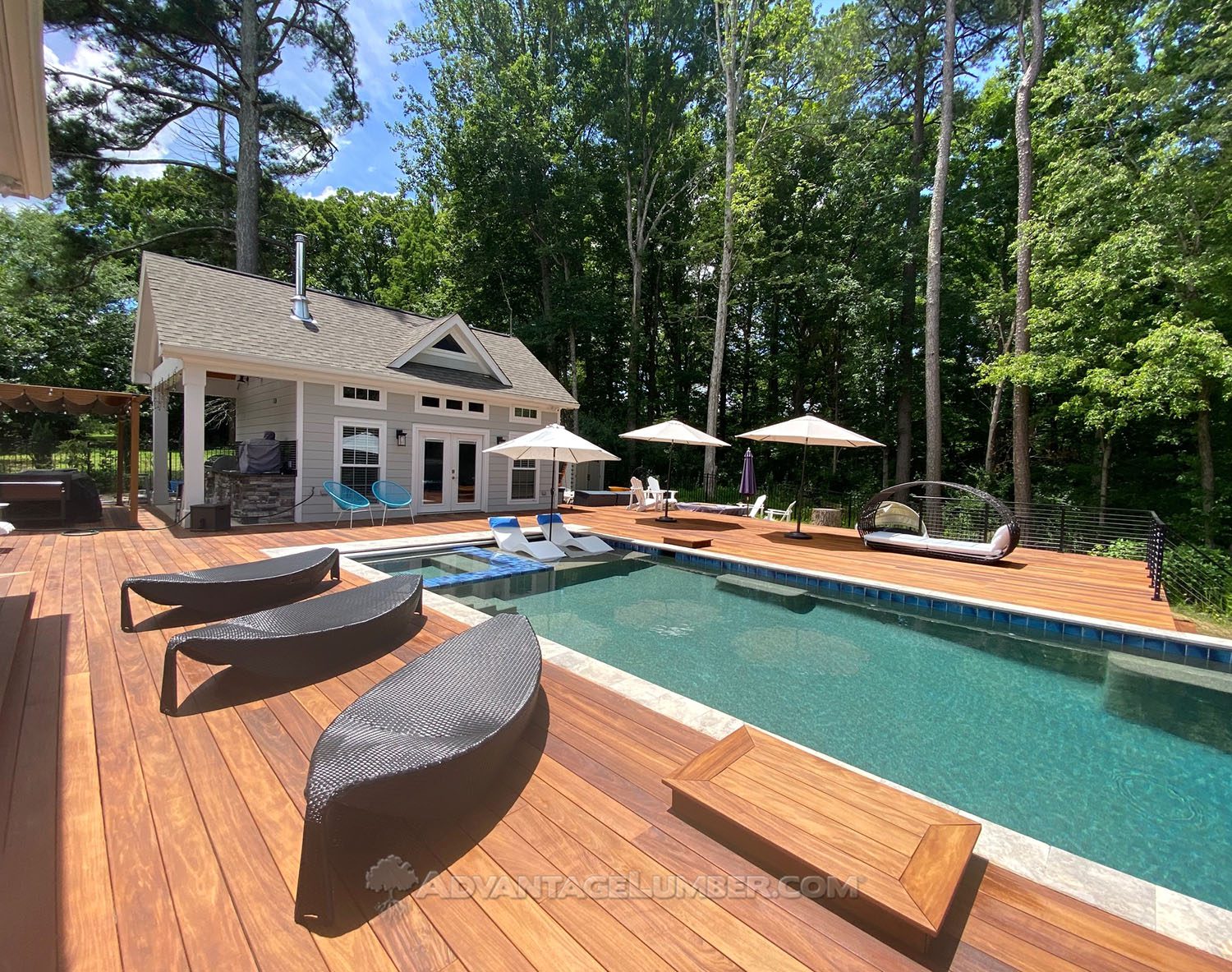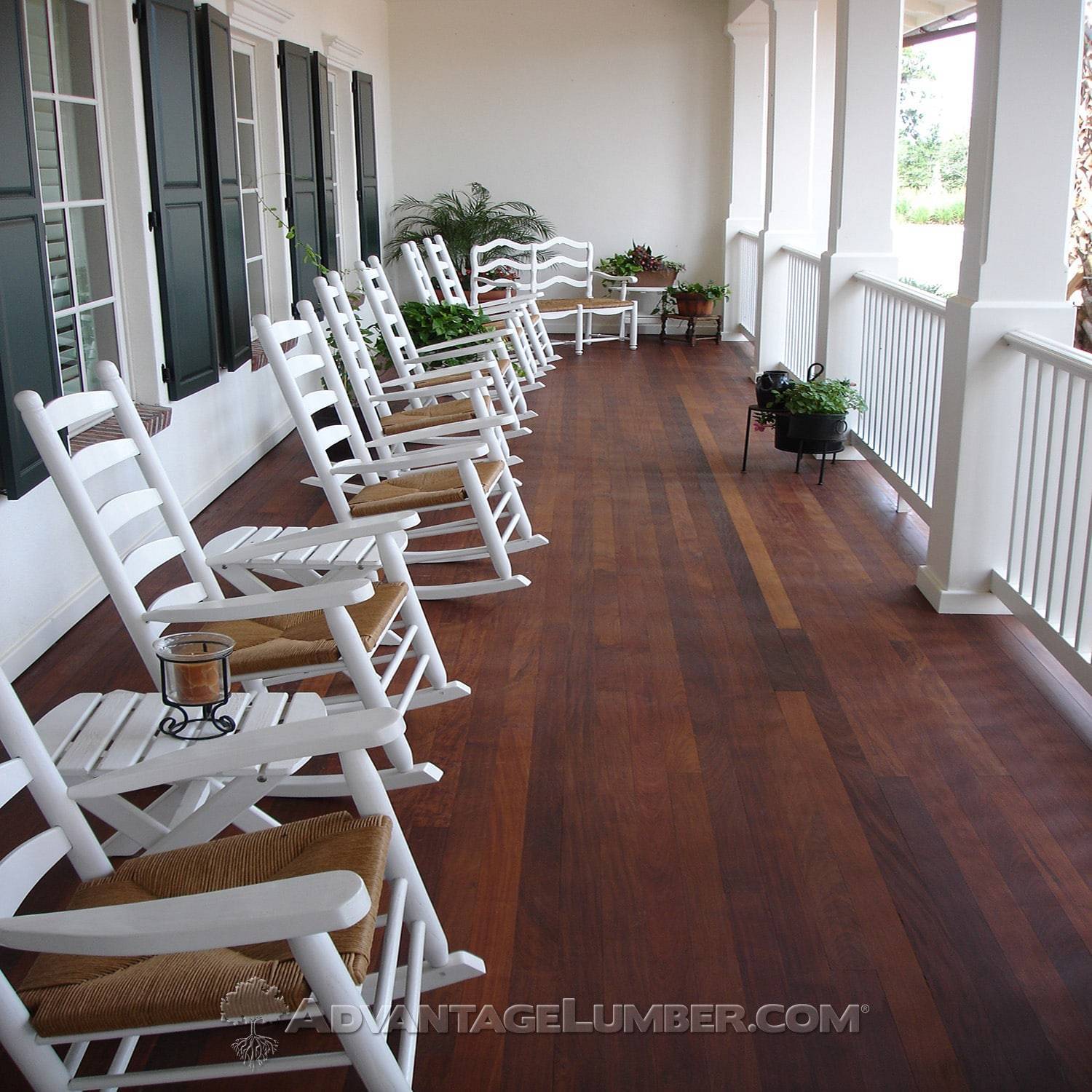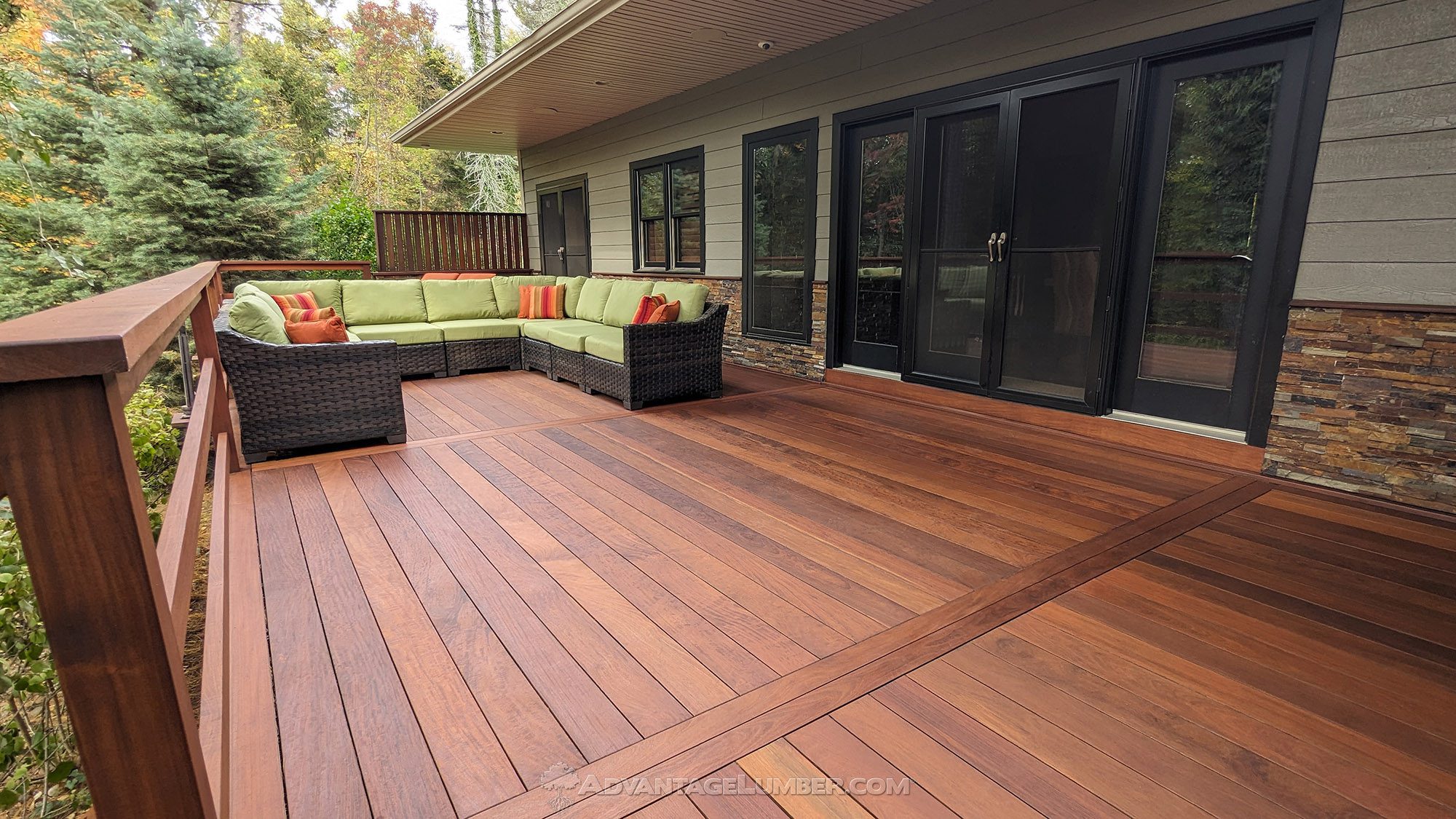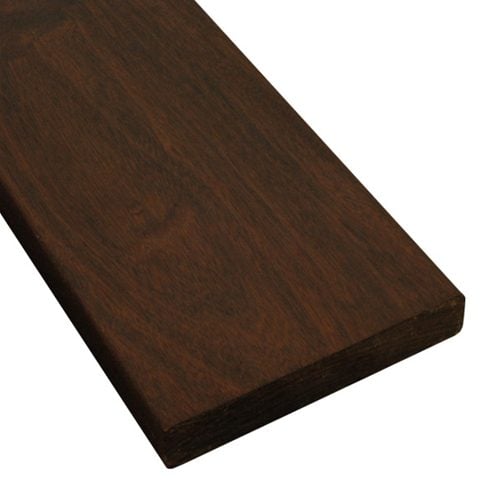What Is the Price Difference Between Composite and Wood Decking?
Building a deck is an exciting way to enhance your outdoor living space, but choosing the right material can be a tough decision. Two of the most popular options are composite decking and wood decking, each with its own set of benefits and costs. In this blog post, we’ll dive into the price differences between …
